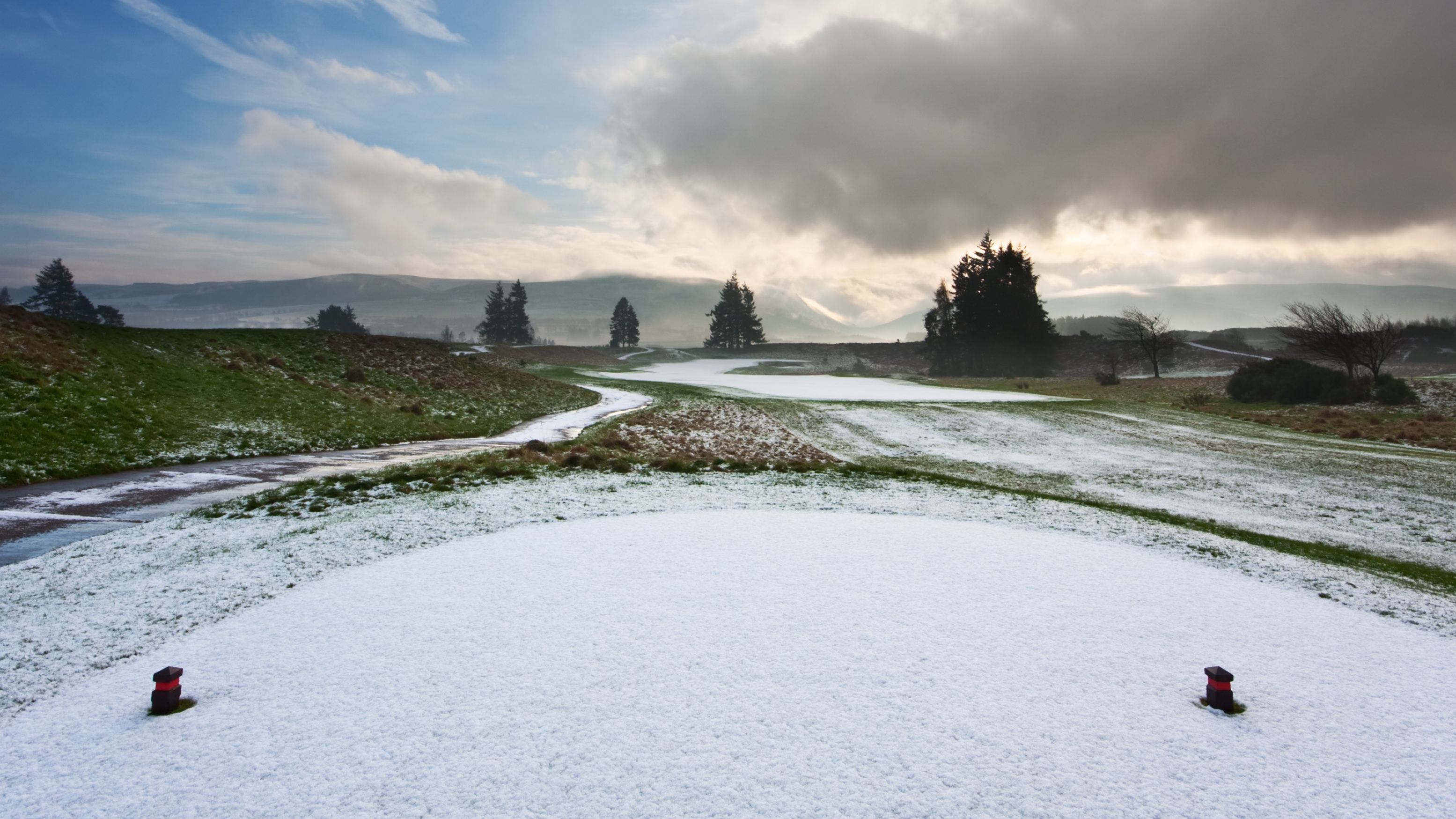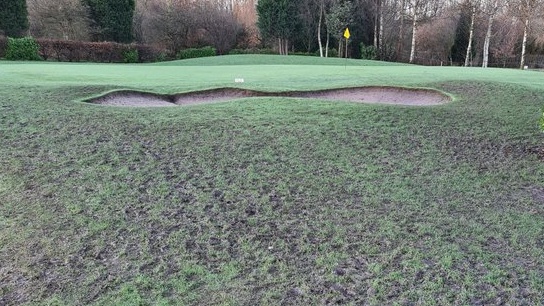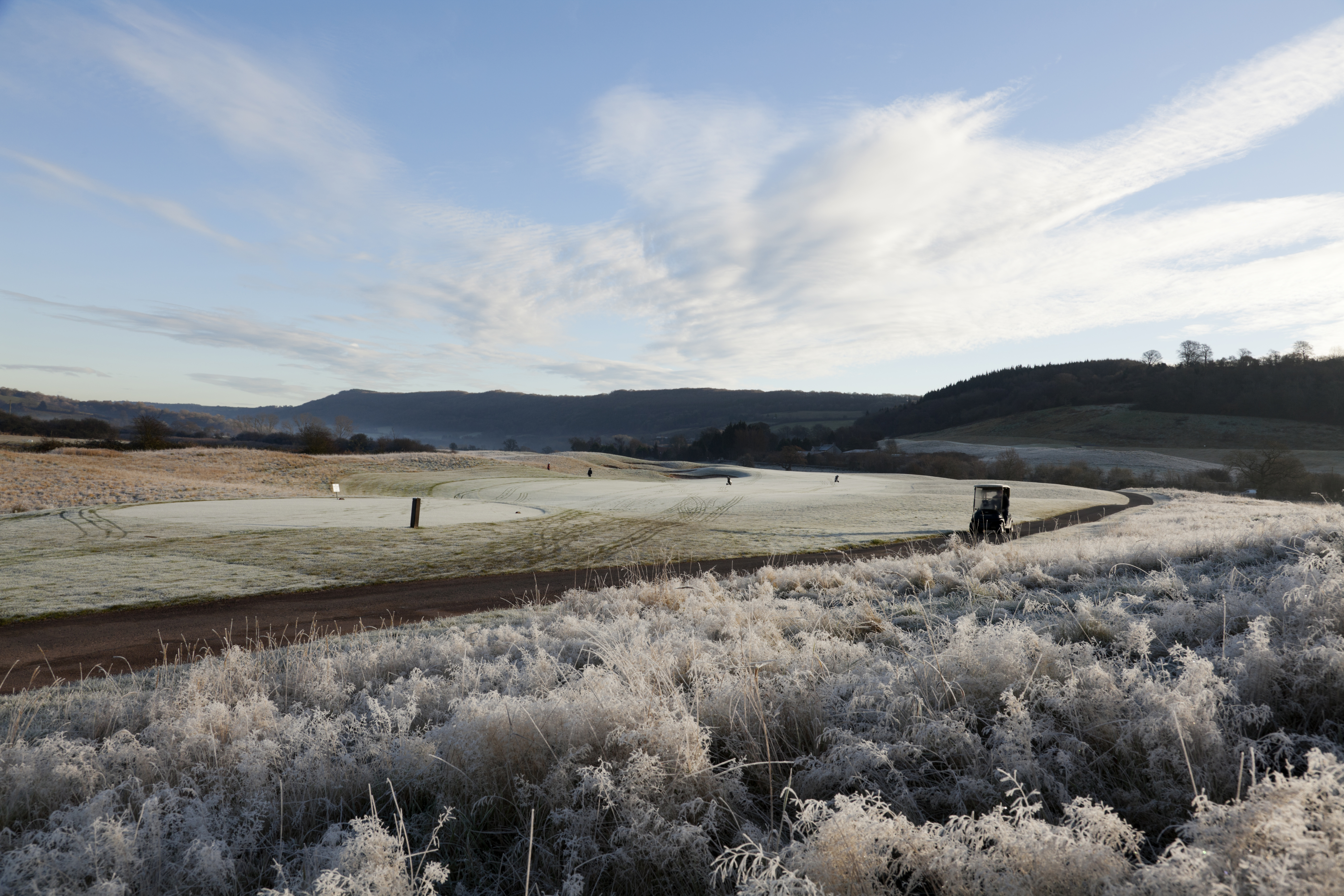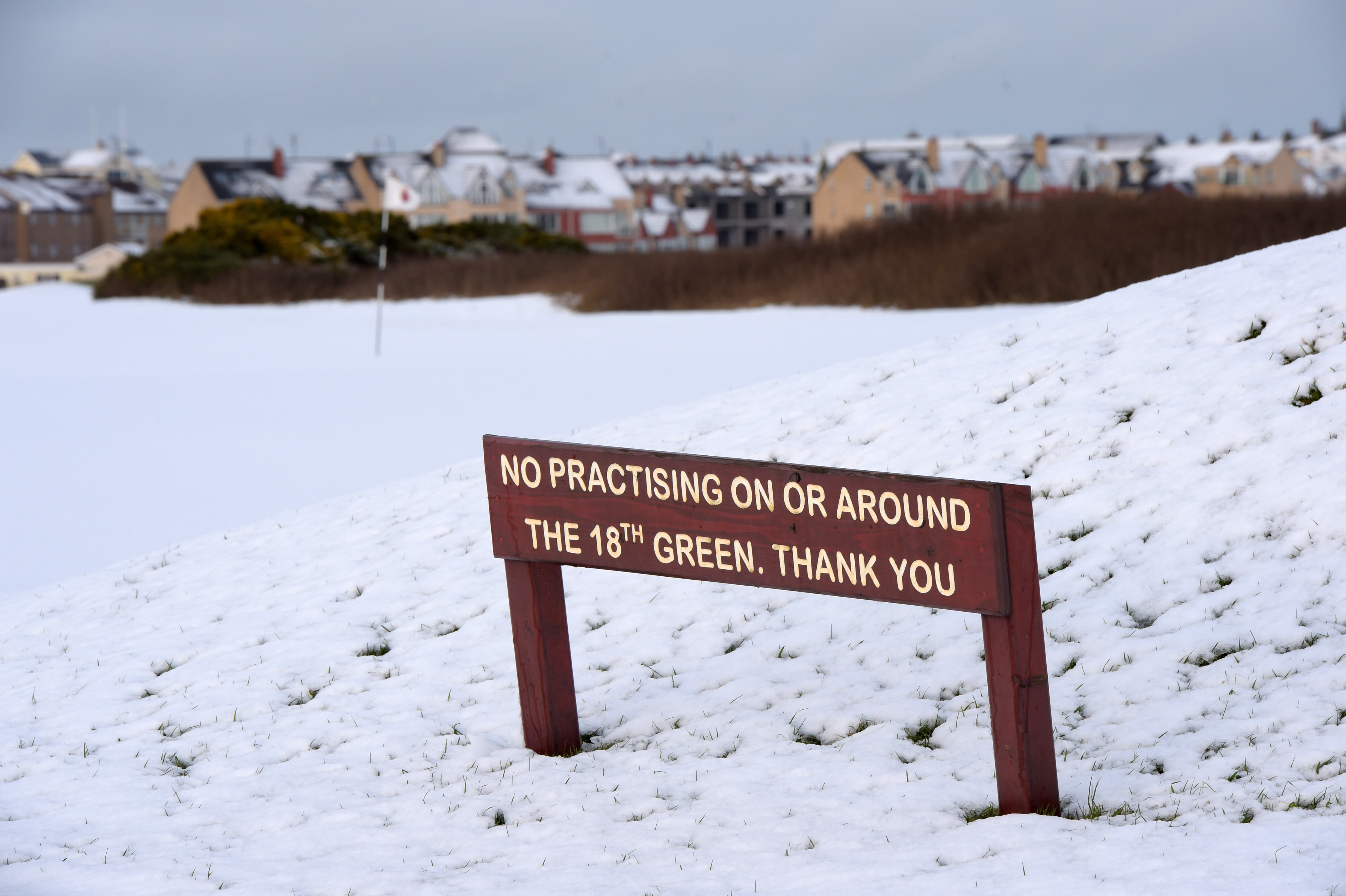Why It's Necessary For Golf Courses To Close In Winter
We caught up with Daz Crowther, Head Greenkeeper at Houldsworth Golf Club, to talk through why it sometimes needs to happen


Golf is a frustrating sport at the best of times. One day you’re riding the wave and the next, you’re rummaging amongst the remains of the Titanic. That can happen at any time of the year but in winter, it’s particularly frustrating.
Golf courses are often closed and even when permitted, conditions are less than desirable as you are forced to wear so many layers that making a functional swing is near enough impossible. That said, it’s golf and we still do it.
We spent some time with Daz Crowther, Head Greenkeeper at one of Stockport’s finest courses, Houldsworth Golf Club. During our time, we spoke about all things golf, the challenges greenkeeper’s face in winter months as golf continues its rise in popularity and just how we, player’s, can help.
So, Why Do Golf Courses Close?
Rain
There are a number of reasons as to why a golf course might close. The obvious one being, rain. Rainfall can be beneficial to a golf course but in excess, and during cold months where it doesn’t quickly evaporate, it becomes problematic. As all golf courses retain water in different ways, it’s difficult to put an exact figure on where the boundary of too much rain sits but when it comes to course closure, there are three things to keep in mind.
The first is flooded greens. If this is isolated then there are steps greenkeepers can take to remove the water and make the course playable, however it’s normally a sign of what’s out there on the course. The second is just how much water has gathered at low points of the course. Water flows across a golf course like it would a stream and ultimately comes to rest at the course's lowest point. In some cases, these are areas of play and as such, makes it unplayable. In the greenkeeper’s mind however, it’s an indication of just how much rainfall has hit the course and beneath the surface already. Lastly, is quite obvious. Standing water on the fairways. If this is present in abundance, then there is no way you can play without causing significant damage to your trousers and the course, just like Daz's example below.

Frost
Subscribe to the Golf Monthly newsletter to stay up to date with all the latest tour news, equipment news, reviews, head-to-heads and buyer’s guides from our team of experienced experts.
At this time of year, rain often comes with its sidekick – Frost. Whilst it can make for a stunning postcard, it can cause lasting damage. The exact effects are long debated but pressure on frozen grass causes bruising; which is why you commonly see brown marks on the putting surface and tee box once melted.
Closures aren't purely for aesthetics though. Grass grows at approximately 5% of its usual speed in the winter as it doesn’t have the temperature it needs to do so; nor can it be simulated. That means the bruised, brittle and bumpy surface that was continuously walked upon has a significantly slower recovery time and will almost certainly take well into the spring until it is fixed. Favourable weather in the afternoon might help the frost thaw out but it's not uncommon for a course to remain closed for the day once it hits the surface.

Snow
Bing Crosby was an avid golfer so I’ve no idea why he was dreaming of a White Christmas. Snow stops any ball in its tracks so it makes playing the game impossible. It also means the course will likely be closed for at least two days as the snow needs to melt and once it does, we’re back in the same situation as we are with frost and rain.

What Can We Do To Help?
Greenkeeper’s, like Daz, do everything they can to make sure our golf courses are in the most presentable conditions and that doesn’t change in winter. Whether that be the full 18 holes, or a shorter 12-hole loop, they will do everything in their power to make sure they can remain open as, like us, they want to play too.
The first rule of winter golf should always be to not use a trolley and carry your clubs (if you're able to). Electric and push trolleys need friction in order for their wheels to spin and they simply can’t do that in wet and muddy conditions. That skid, in comparison to a footprint, is significantly more detrimental to the health of the grass and can be avoided.
Secondly, follow the guidance and use your initiative. Don’t walk directly over, or close to, roped off areas as you’ll only make the surface worse. Your cooperation at this time of year has an impact on the quality of the course come summer.
Lastly, respect your greenkeepers. The course might be closed to you but it isn't for them as work continues to get the course back open again.

James joined Golf Monthly having previously written for other digital outlets. He is obsessed with all areas of the game – from tournament golf, to history, equipment, technique and travel. He is also an avid collector of memorabilia; with items from the likes of Bobby Jones, Tiger Woods, Francis Ouimet, Arnold Palmer, Lee Trevino, Adam Scott and Ernie Els. As well as writing for Golf Monthly, James’ golfing highlight is fist bumping Phil Mickelson on his way to winning the Open Championship at Muirfield in 2013. James grew up on the east coast of England and is the third generation of his golfing family. He now resides in Leeds and is a member of Cobble Hall Golf Club with a handicap index of 1.7. His favourite films are The Legend of Bagger Vance and Tin Cup.